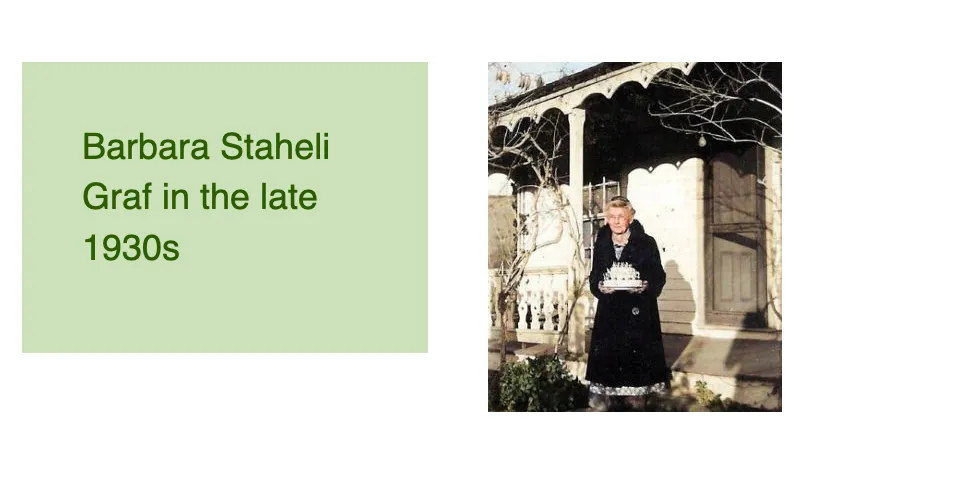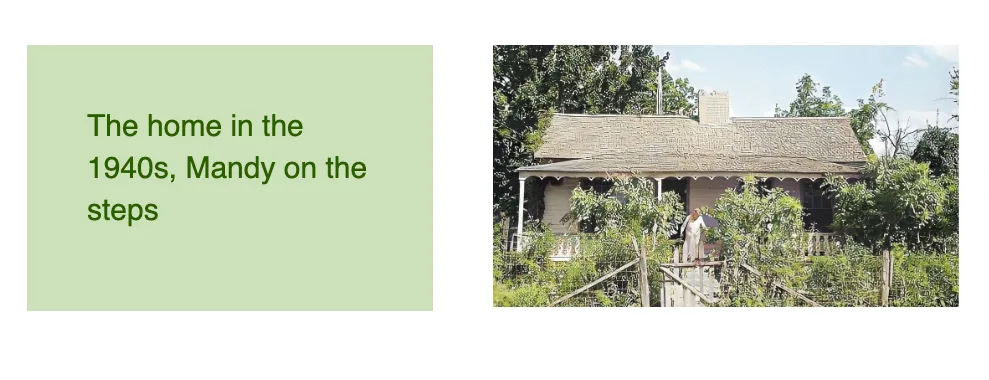
At the Santa Clara History Museum, we honor the rich tapestry of our community's past, woven from the threads of our Swiss heritage and the pioneering spirit of our founders. Join us in celebrating the stories that shaped our identity, from cherished artifacts to vibrant customs handed down through the generations. Come discover the things that make our community unique, delve into our history, and discover the heart of Santa Clara.
The Restoration of the
John Henry and Barbara Staheli Graf
Pioneer Home

Pioneer Home Moved From Silver Reef
Johan Heinrich (John Henry) Graf was born in Rebstein, Switzerland in 1856.
At the age of 10 years he immigrated with his family to the United States after joining the Church of Jesus Christ of Latter-Day Saints. They, along with other settlers from Switzerland, were sent to Santa Clara to expand the community there, and to raise grapes and cotton.
Barbara Staheli was born on December 25, 1861, the first Swiss baby born in the old fort in Santa Clara. In January, shortly after she was born a flood came down the Santa Clara River and started washing away the fort. Jacob Hamblin saved her by carrying her across the flooding river.
John Henry Graf married Barbara Staheli on October 15,1884. Shortly after their marriage John Henry was able to secure an old 15’x30’ frame house from the mining camp in Silver Reef, Utah about 30 miles northeast of the little town of Santa Clara.
John Henry was able to somehow, with a team of horses, move this little house to Santa Clara. He placed it on a lava rock foundation, building a cellar under half of the house. Once the house was in place they added an adobe room on the back which became the kitchen.
The Grafs had four children, George Albert Graf, John Henry Graf, Barbara Wilhelmina Graf and Sophia Amanda Graf.
On January 2, 1891 John Henry Graf passed away from Pneumonia leaving his wife a widow to raise the 4 young children. With much faith and perseverance, Barbara raised her family in this small home, and it has stayed in the Graf family since, for over 140 years. The last occupant of the home was Barbara’s youngest daughter, Sophia Amanda (Mandy). The home has been known as “Mandy’s house” for at least 80 years, since the 1940s.
Mandy died in 1966, and the home has been vacant since then, deteriorating over the years.
The home is owned by John Henry and Barbara’s great-granddaughter, Vicki Frei Laswell. In 2022 restoration began on the little house.
The video linked below tells the story of the restoration of this precious relic of the pioneer years of Santa Clara, Utah.
Click Here for video
Memories and Stories

We have a section on our website where we can share memories and stories of our time in Santa Clara, whether growing up, attending school, or passing through.
This is a great place to share some of the traditions such as town bell, memories of teachers and experiences at school, interactions with those who've gone on before, etc. And, especially what created these stubborn "Dutchmen" (and women)!"
We're inviting you to share your fond memories (or maybe not-so-fond learning experiences). This would be a great way to communicate our thoughts and feelings about our beautiful community! You can contribute privately or sign your story.
These memories/stories are found under the "Memories" tab. Share your stories and memories by sending them to [email protected].
Our museum is open on Monday through Friday.
Regular museum hours:
Monday -Thursday -- 2:00 pm to 5:00 pm.
Friday --11:00 am to 2:00 pm.
Admission is free!
Appointments for special tours of the museum can be made by calling Sherri at 435-632-7040














